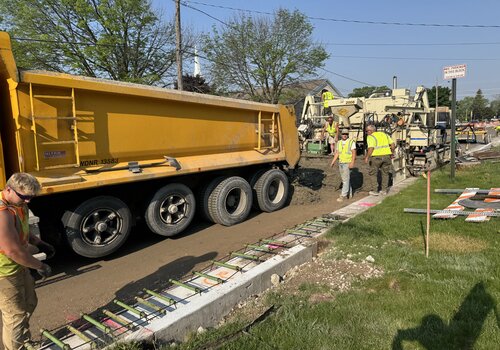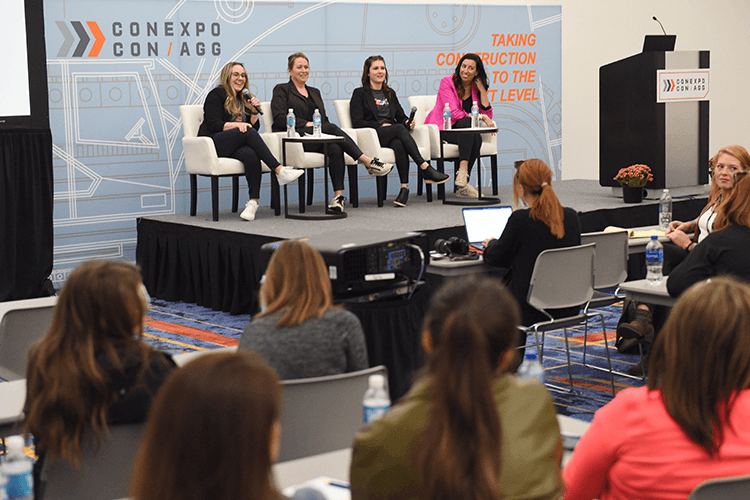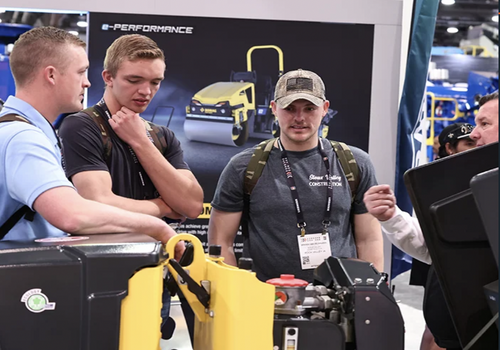If your bench feels thinner every year, you’re not imagining it. More than 1 in 5 construction workers are 55 or older, which means a big slice of your most experienced people are at or near retirement. When they leave, so does decades of skills and knowledge. The good news: there are practical ways to capture that knowledge, keep veteran workers engaged longer and ramp up the next generation faster—and you can get started today.
THE REALITY CHECK (AND WHY IT MATTERS NOW)
Contractors will need to attract an estimated 439,000 new workers in 2025 just to meet demand. Meanwhile, 94% of firms report they’re struggling to fill openings. Translation: hiring alone won’t close the gap—you must stretch and transfer the expertise you already have.
The pipeline pressure isn’t going away. Industry experts project 149,400 construction laborer/helper openings per year over the next decade, much of this is replacement churn as people retire or change careers. Data shows the average age of construction workers has ticked up to 42.1, confirming an older workforce leads at most companies.
A FIELD-TESTED PLAN TO KEEP KNOWLEDGE IN YOUR COMPANY
1) Run a knowledge audit
Make a simple list by crew/discipline: critical tasks, project tips, contacts, and “worse case” scenarios. Tag each item with the owner (your go-to veteran worker) and a handoff date. Your goal is short, usable artifacts—phone videos, annotated photos, one-page checklists—not a dusty binder. Investing in continuous learning and mentorship is the backbone of company culture.
Pro tip: Capture “if/then” judgment calls. (Example: “If the temp band drops below X, here’s how we adjust the rolling pattern.” This is the knowledge younger crews can’t get from spec books when older workers leave.
2) Develop a formal mentorship program
Mentorship shouldn’t be ad hoc. Pair a veteran with one or two up-and-comers and make a 90-day skill plan. Mentoring is a reliable way to transfer practical, on-the-job knowledge and build belonging for younger workers. Keep the sessions short and tied to live work (e.g., first hour on Mondays), not classroom marathons.
Pro Tip: Reverse mentoring helps everyone. Younger workers also have skills to share with older workers – like using tablet workflows or e-ticketing basics – while veterans teach field craft. It boosts respect both ways.
3) Offer phased retirement
Not every expert wants to retire cold turkey. Offer phased schedules, part-time advisory roles or seasonal consulting tied to your peak workload. Industry guidance for manufacturers recommends retaining older workers where possible and having a structured plan for knowledge transfer at all levels.
Pro Tip: Example you can pilot: keep your best foreman on Friday QA walkthroughs and new-hire ride-alongs for 90 days post-retirement. You’ll eliminate avoidable rework while coaching the next lead.
4) Promote “two-deep” coverage
Build a simple skills matrix and list the must-do tasks (pump setup, traffic control changes, 3D rover, IC pass mapping, daily PMs). Mark each worker as Q (qualified), P (practicing), L (learning). Your target is two qualified people per critical task per shift—insurance against vacation, injuries or exits.
Pro Tip: This approach helps contractors to develop next-gen leaders through intentional upskilling and on-the-job training, factors that help keep talented workers at your company.
5) Share legacy knowledge
You’re probably already doing weekly huddles. Add a “legacy tip” from a senior hand to each talk and capture it on video. Over time you’ll assemble a searchable library of bite-size how-to’s new hires can binge in their first two weeks.
Pro Tip: Show your veteran worker appreciation with badged “craft expert” roles, teaching stipends or an annual “mentor of the year” award. These small steps can help keep more experience in-house.
BOTTOM LINE
You can’t slow retirements, but you can slow the loss of know-how. Given the persistent shortage, companies that treat knowledge as an asset (and manage it like one) will retain their skilled workers and grow the next generation faster. The best way to honor a lifetime of craftwork is to pass it on.
Bring your workforce to the next level with tips for recruiting top talent and advice on how to attract the next generation of construction leaders. And don’t miss CONEXPO-CON/AGG 2026 where small business owners can connect with leaders in the industry to help share strategies.
Photo Credit: Photo Courtesy CONEXPO-CON/AGG 365












